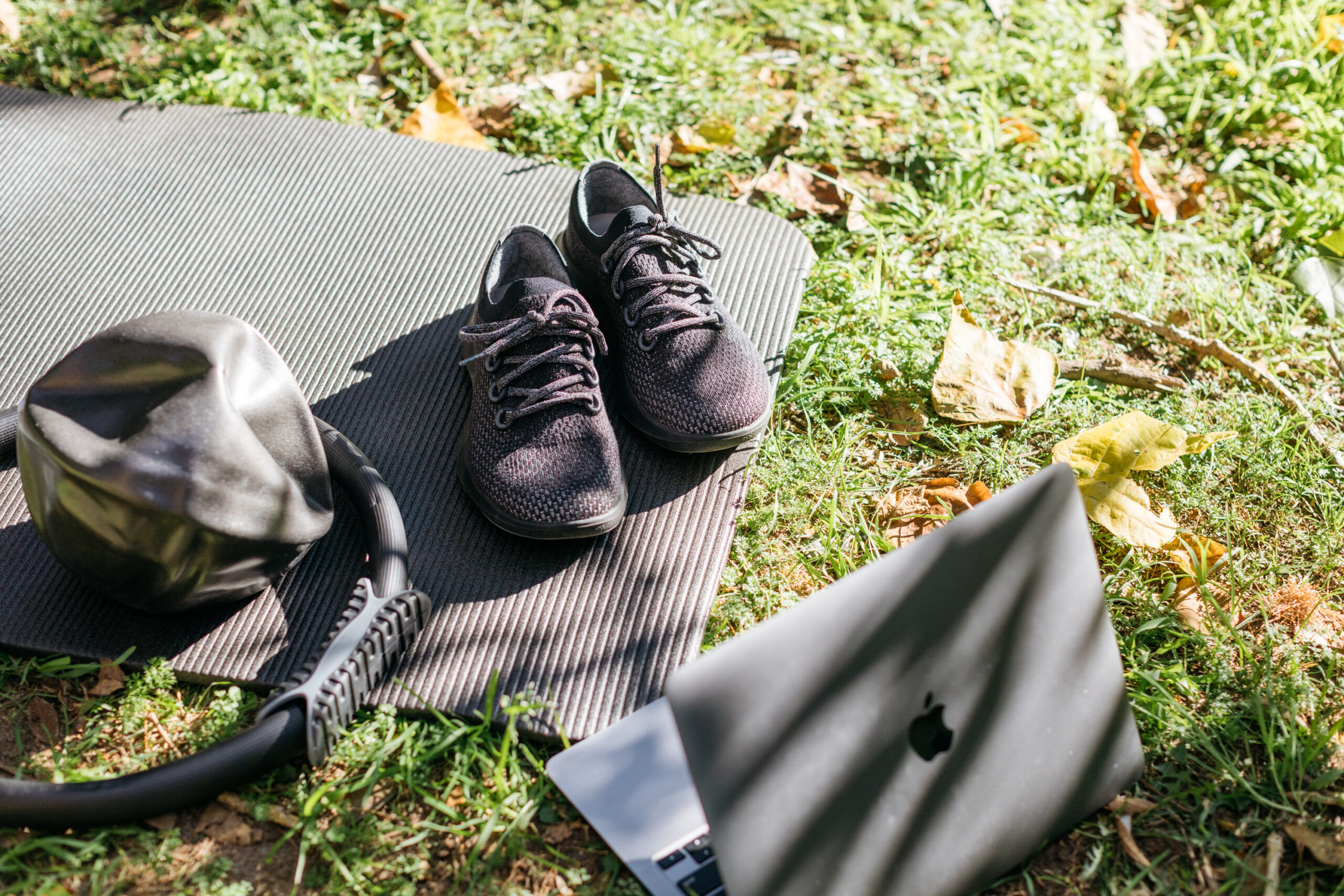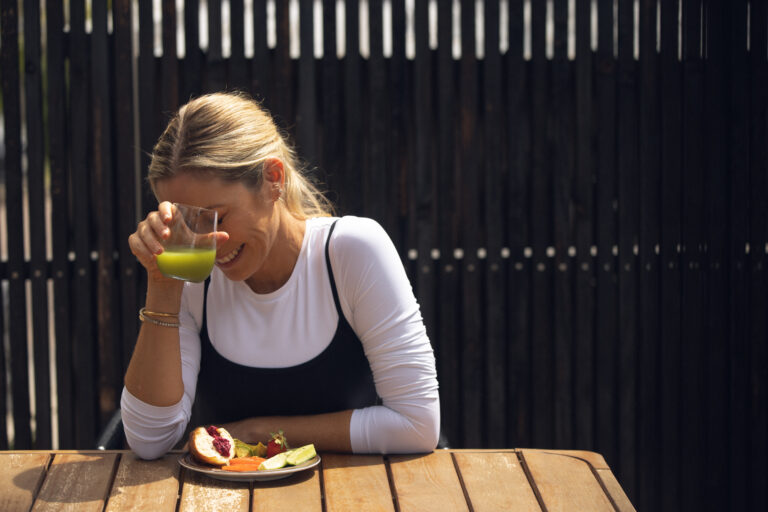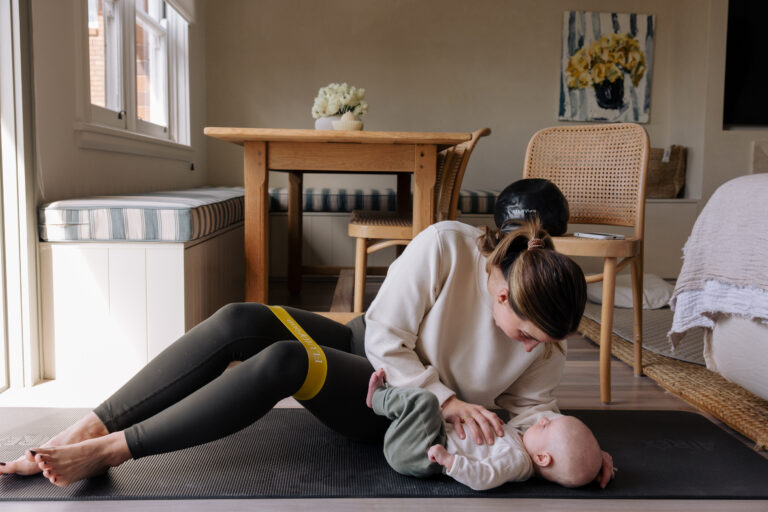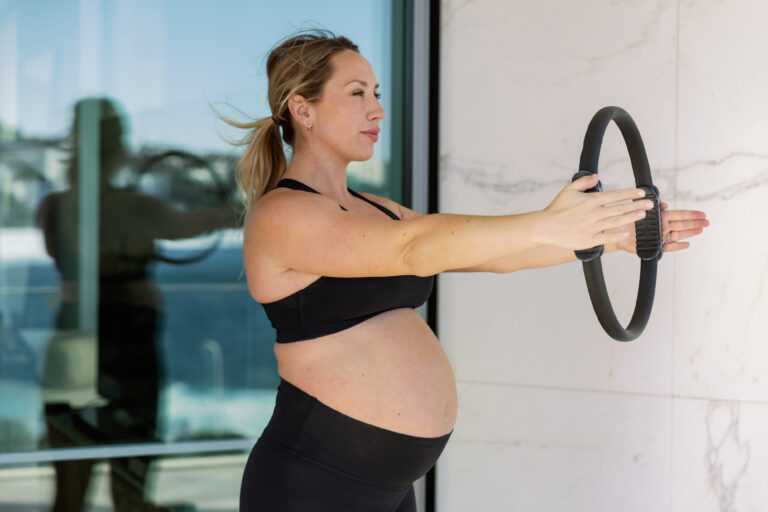Finding strength, mobility and alignment.
Running has many benefits for the body and mind. Like moving meditation, running can help to clear your mind, improve your mood, concentration and sleep. Running promotes circulation and blood flow through your body, builds strength in your muscles, joints and bones and increases your aerobic fitness and lung capacity.
The benefits of running do come with a cost. High impact, repetitive force on our ankles, knees and hip joints can cause wear and tear on the body. The incorrect recruitment, or over recruitment of muscles leads to strains, sprains and imbalances.
To run well is to run efficiently. This means, your muscles and joints are strong, mobile and aligned. This is where we integrate Fluidform.
The slow, consistent movements we practice in Fluidform target our deeper muscle groups, responsible for supporting our body and joints in high impact movements. Strengthening these muscles and our slow-twitch muscle fibres builds endurance, to ensure they continue to fire long into your run.
Running requires constant firing of your muscles and joints. This can develop tightness, making you prone to injuries. Fluidform practices exercises to strengthen your muscles from resting to firing. When tightness develops, Fluidform helps to release tension, create length and restore mobility.
As imbalances and injuries occur, the body will naturally overcompensate, make adjustments and move out of alignment. Imagine having a rolled ankle, while we recover we shift our weight to one side and feel out of balance. Depending on the length of recovery, these shifts and imbalances can create long-term change to our bodies and movement patterns. Fluidform focuses on finding the correcting these imbalances, restoring optimum mobility, and alleviating pain.
Whether you are setting out to begin your running journey, wanting to build strength to evolve your running performance or suffering from injuries and imbalances as a runner – Fluidform is designed to help you. Try these top exercises for runners to build strength, regain mobility and align your body.
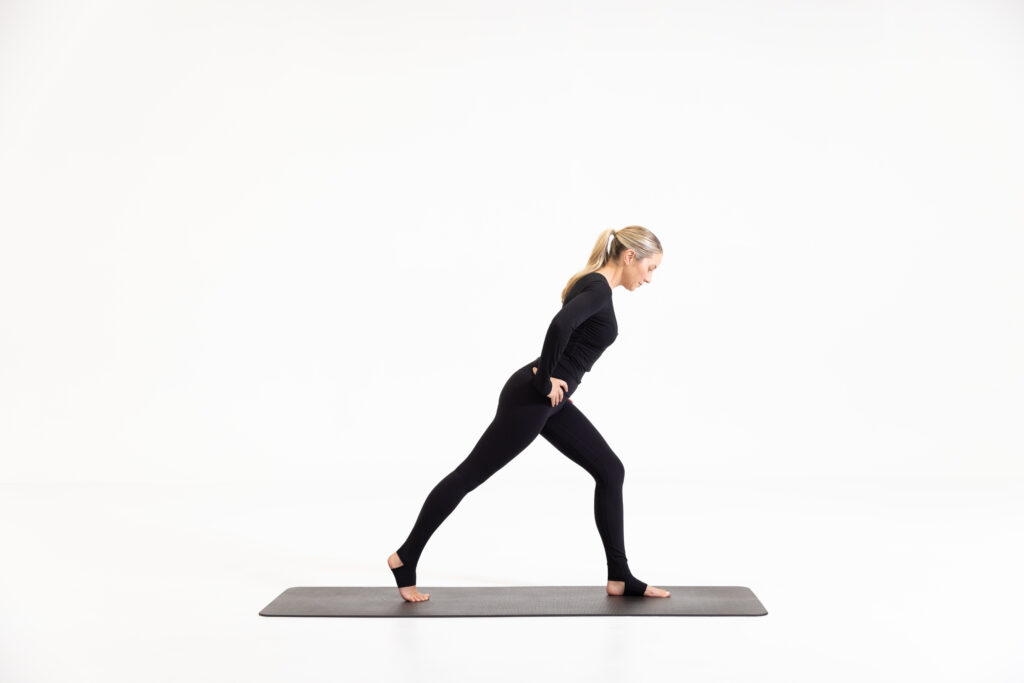
TOP EXERCISES FOR RUNNERS:
- Static Lunge
Just holding this position correctly, I promise you will feel it in your body. Place even pressure across the whole of your front foot and ball of your back foot, weight evenly distributed between both legs. Your front leg is bent, with your knee tracking over your front foot, back leg long.
Your hips are even with a slight hinge, bringing your whole body into a forward tilt. Maintain a long line from the crown of your head through to your back heel. Your core, spine and deepest leg muscles to support your glutes and pelvis are firing, building stability in your joints in this isometric hold. You will feel your glute muscles on both sides fire, the muscles down the back of your back leg are active, and every muscle from your hip to your toe front toe switched on.
Hold this position for 20 seconds.
- Lunge with Arm Swings
Once each of these muscles are fired in your static lunge position, we add our arms to challenge our stability even further. The aim is to maintain this balanced alignment as we add movement to the upper body. Keeping arms straight and strong, swing one up inline with your ear, bringing the other back slightly behind your body. Slightly rotate through your torso towards the back arm, keeping still through your lower body. Simultaneously swing your arms in front of your body, swapping them and changing rotation to the other side. Building mobility through your torso and arms is important for running efficiency. This movement will challenge your balance and coordination.
Repeat this movement 20 times.
- Lunge to Step in
Now your deep stabilising muscles are firing, we add movement. Maintaining this balanced position, float your arms above your head and as you bring your arms down, step your back leg in and tap your toe in line with your front foot. Step your leg back long as your arms float up. Think about your front leg and hip as you move – keeping your hips square and even and front leg tracking forward (not rolling in or falling out). This movement helps develop mobility in your ankles, knees and hips while challenging the stability of these joints as you move.
Repeat this movement 20 times.
- Lunge Down to Through and Up with Arms
Starting in your lunge position, lower your back knee towards the ground while keeping everything still – front knee tracking forward, slight hinge at your hips and upper body tilted forward. Just before your back knee touches the ground, push through the ball of your foot and start to straighten your back leg, lifting your foot and bringing your knee through and up in line with your hips. You are now standing tall, balancing on one leg. Find length from the ball of your standing foot through to the crown of your head. Now start to lower your lifted leg, pushing back and through and returning to the lunge position. After three reps, add the arm movement. This time start with your arms long and by your side as you bend through your back leg. As you lengthen and lift your back leg through to standing, float your arms up in line with your ears.
This progression will challenge your coordination and balance, firing every muscle in your body. You are now working your joints through full flexion and extension – challenging your muscles through their full functional range.
Repeat this movement 10 times.
Repeat the entire sequence on your opposite side.
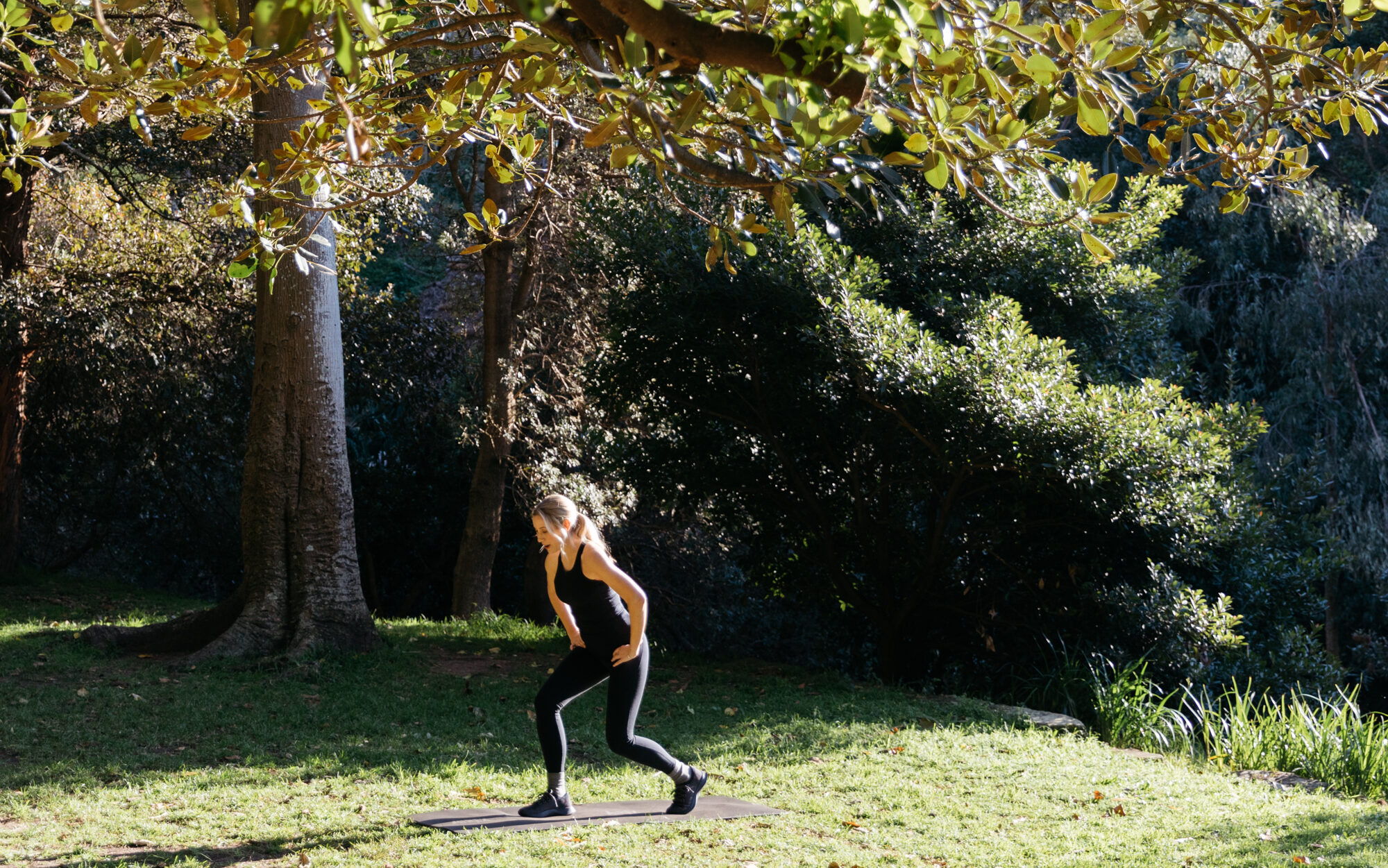
TOP TIPS FOR RUNNERS:
- Warm up before every run. Start with a morning stretch or quick cardio warm-up to fire up your muscles and activate your joints.
- Build up your distance slowly – do not start your running journey with a 10km run! Your muscles need time to adjust and adapt to the movements.
- Make Fluidform part of your regular movement – to build strength, mobility and alignment to enhance your running performance and reduce the risk of injury!
TOP WORKOUTS FOR RUNNERS:
- Mini Glutes 5 – build strength in your glutes to stabilise your pelvis
- Mini Legs 4 – strengthen your VMOs (above your knee cap) to support your knees
- Mini Barre 5 – improve your balance and coordination for a more efficient stride
Not a Fluidform member?
Try this quick non-equipment Stretch & Movement Sequence I created in partnership with Allbirds Run collection. The perfect cardio warm-up for runners to get your legs and glutes firing!
